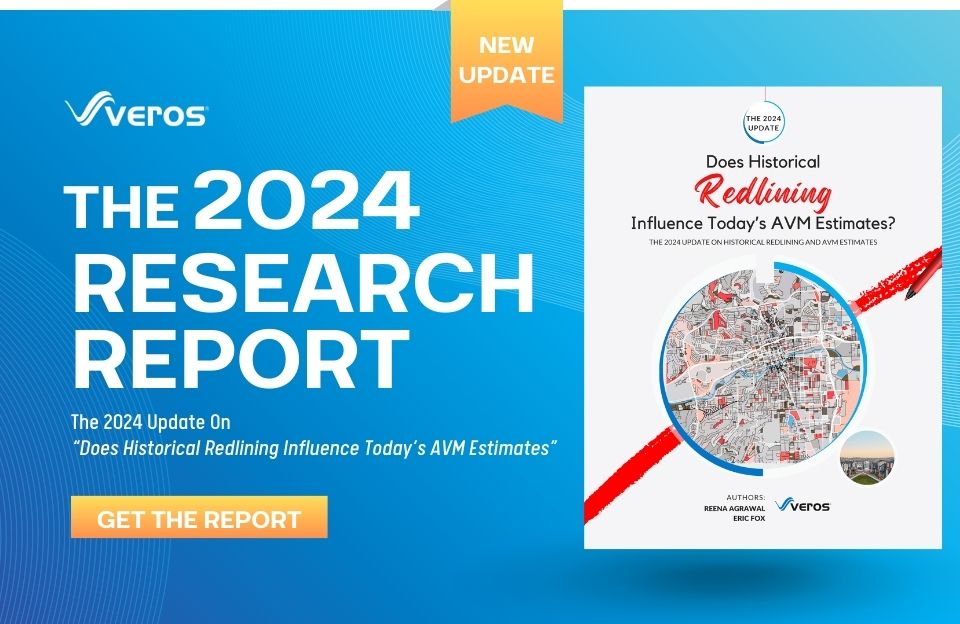Mortgage rates fell to 6.46% on August 22, 2024, the lowest since May 2023. There was widespread expectation that once rates fell, there would be a surge in homebuying activity and a potential easing of the lock-in effect. However, the expected flurry of buyers has yet to materialize.
The lock-in effect, a phenomenon where existing homeowners with lower mortgage rates are reluctant to sell due to the potential financial benefits of their current rate, has been a significant factor in the housing market over the las two years. Many analysts predicted that once rates fell to a more attractive level, homeowners would be incentivized to sell, leading to increased market activity. According to NAR data, the increase in housing inventory has decelerated. The number of existing homes for sale rose by 10,000 to 1,330,000 in July compared to June, down from a 40,000 increase in the previous month. Compared to July 2022, inventory levels have only risen by 30,000. The months’ supply of existing homes decreased to 4.0 in July from 4.1 in June.

Despite the lower mortgage rates, several factors are contributing to the continued muted response from buyers. Based on the Mortgage Bankers Association’s (MBA) Weekly Applications Survey for the week ending August 16, 2024, mortgage applications saw a 10.1% drop on a seasonally adjusted basis compared to the previous week. While refinancing activity decreased 15% despite a third consecutive week of lower 30-year fixed mortgage rates, it remains 23% higher than a month ago. The past two weeks have witnessed the strongest weekly readings since 2022 as borrowers seek to lock in lower rates. Conversely, purchase applications declined to their lowest point since February 2024. Home sales have slowed even as inventory levels rise, and rates decline. With more options available, potential buyers may now be more discerning, even with lower mortgage rates.
One major hurdle is the ongoing uncertainty, with concerns about the election, the labor market, and how low rates will go. The Fed chair signaled that the central bank would cut rates in September, but that the timing and pace of rate cuts would depend on incoming economic data. The labor market is showing signs of weakness, with the unemployment rate rising to 4.3% in July. Additionally, revised data from the Labor Department indicates that the U.S. created 818,000 fewer jobs in the year leading up to March 2024 than previously estimated. These factors are causing many potential homebuyers as well as home sellers to remain cautious and delay their purchase decisions.
Additionally, rising home prices in many areas are also deterring buyers. While lower mortgage rates can make the monthly payment more affordable, the overall cost of buying a home continues to be a significant barrier for many. Home prices have been steadily increasing, offsetting any potential gains from lower mortgage rates.
As the housing market continues to evolve, it remains to be seen whether the recent decline in mortgage rates will eventually lead to a significant increase in buying activity. For now, the combination of economic uncertainty, rising home prices, and limited inventory is likely to keep a lid on the market.










